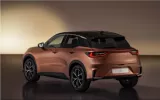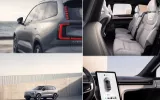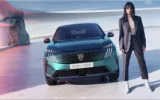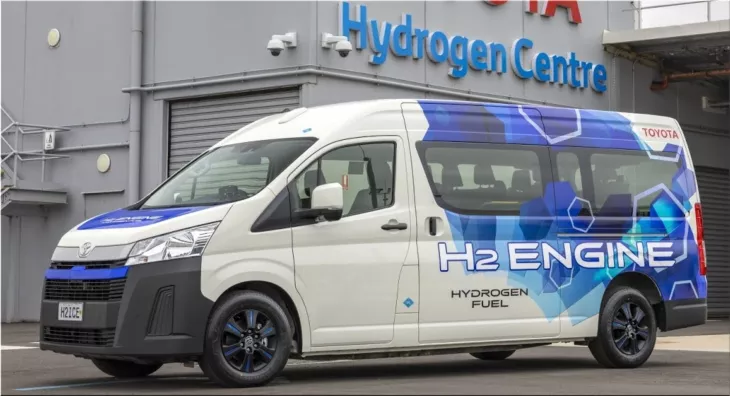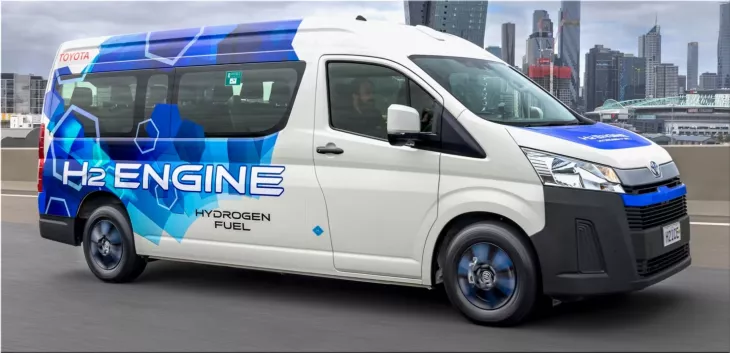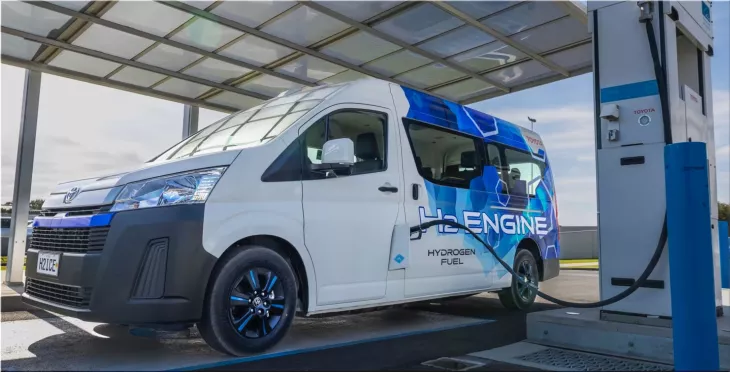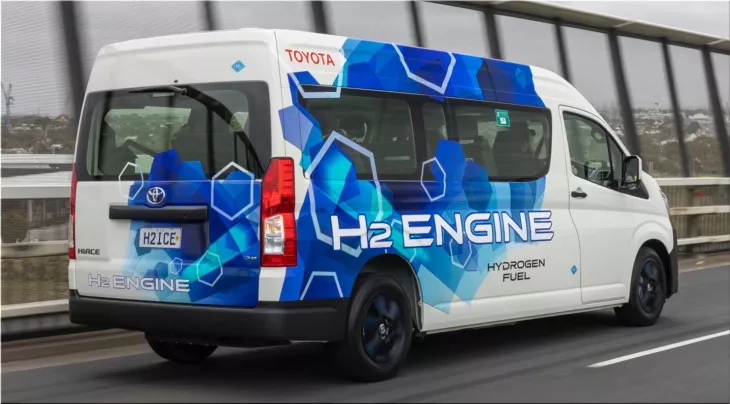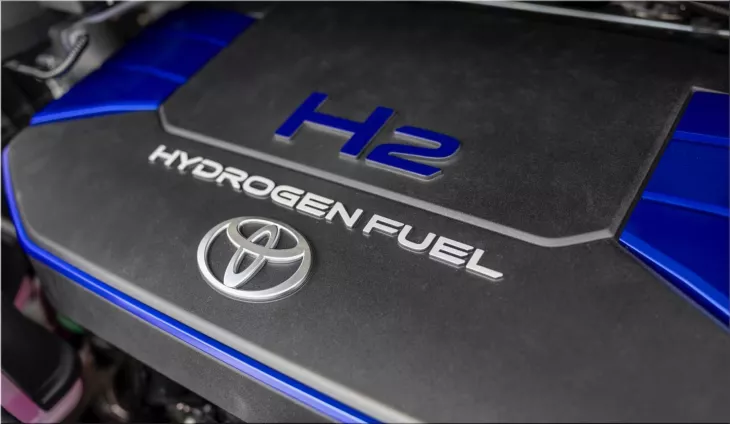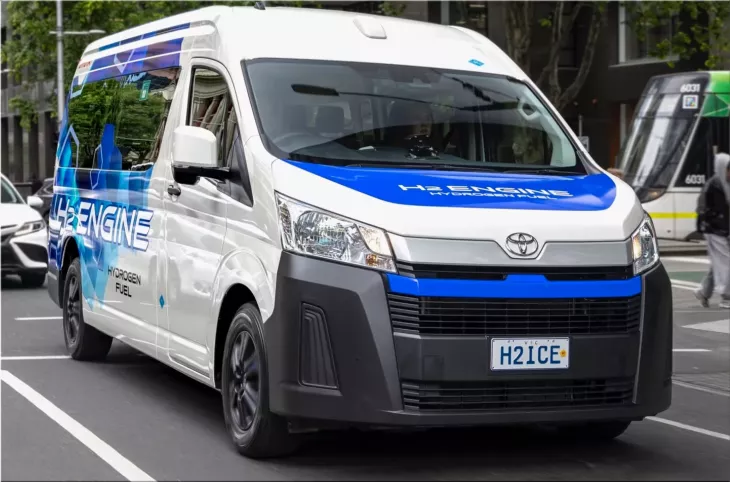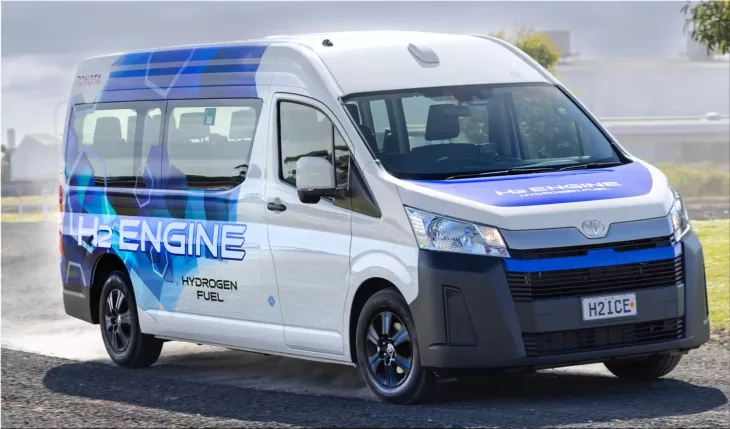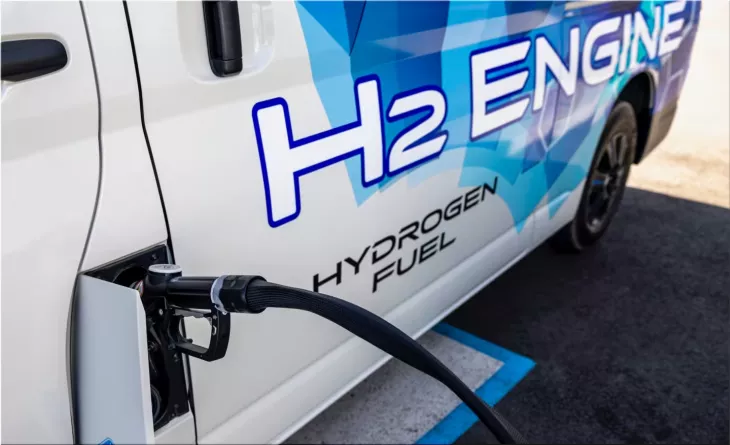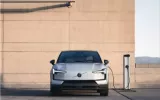Toyota is not a newcomer to the world of hydrogen. The Japanese automaker has been developing and testing hydrogen-powered vehicles for decades and launched the Toyota Mirai, the world’s first mass-produced hydrogen fuel cell car, in 2014. But Toyota is not content with just making hydrogen cars. It wants to explore the full potential of hydrogen as a versatile and clean energy source that can power vehicles, homes, businesses, and even entire communities.
That’s why Toyota is taking on new challenges in Australia and Japan, testing and showcasing its hydrogen technology in various applications and scenarios. From racing a liquid hydrogen-powered Toyota Corolla and a carbon-neutral fuel-powered Toyota GR86 in the Super Taikyu Series to launching a hydrogen-powered bus service and a hydrogen-powered town, Toyota demonstrates how hydrogen can be a crucial solution for a sustainable future.
Racing with Hydrogen: The Super Taikyu Series
The Super Taikyu Series is a Japanese endurance racing series that features various classes of cars, from production models to modified ones. Toyota has been participating in this series since 2021, with two unique vehicles that run on different forms of hydrogen: the #32 ORC ROOKIE GR Corolla H2 Concept, which uses liquid hydrogen, and the #28 ORC ROOKIE GR86 CNF Concept, which uses carbon-neutral fuel.
Liquid hydrogen is hydrogen that is cooled to -253°C, which makes it 800 times denser than gaseous hydrogen. This allows for a smaller, lighter tank and a more extended driving range. Carbon-neutral fuel is a synthetic fuel made from renewable sources, such as biomass or green hydrogen, and does not emit any net CO2 when burned.
Both vehicles use modified versions of Toyota’s Dynamic Force Engine, a 1.6-liter turbocharged engine that can run on various fuels, including hydrogen. The machine has been tuned to optimize the combustion and performance of each fuel type and to meet the safety and reliability standards of racing.
Toyota has been using the Super Taikyu Series to test and refine its hydrogen engine technology and collect data and feedback from the drivers and the pit crew. The company has also been improving the fueling infrastructure and equipment, such as the mobile liquid hydrogen stations and the filling and return joints and hoses, to make them more user-friendly and efficient.
Toyota’s hydrogen-powered vehicles have been showing impressive race results, proving their durability, power, and speed. In the final round of the 2023 season, held at the Fuji Speedway on November 11-12, the Corolla H2 Concept achieved 20 laps per fill-up, and the GR86 CNF Concept reached 25 laps per fill-up, surpassing their previous records. The Corolla H2 Concept also finished second in class and sixth overall among 53 cars.
Toyota plans to continue racing with hydrogen in the 2024 season and to evolve its hydrogen engine technology and vehicles further. The company hopes running with hydrogen can raise awareness and interest among the public, the media, and the motorsport community and inspire more innovation and collaboration in the hydrogen industry.
Testing Hydrogen on the Road: The Toyota HiAce Van
While racing with hydrogen is exciting and challenging, Toyota also wants to test how hydrogen can perform in everyday situations, such as on public roads and in commercial use. That’s why Toyota is conducting on-road feasibility testing of the hydrogen-powered Toyota HiAce van in Australia starting in November 2023.
The HiAce van is a popular vehicle for transporting people and goods, especially in urban areas. Toyota has developed a prototype that uses the same hydrogen engine as the Toyota Corolla H2 Concept but with a gaseous hydrogen tank instead of a liquid one. The tank can store up to 6 kg of hydrogen, which gives the van a driving range of about 500 km.
The on-road testing will involve driving the van on various routes and terrains in Australia, such as highways, city streets, rural roads, and under different weather and traffic conditions. The testing will also involve refueling the van at existing and Toyota’s mobile hydrogen stations, which can produce hydrogen on-site from solar power.
The testing aims to evaluate the hydrogen-powered van's performance, reliability, durability, and safety and collect data and feedback from the drivers and operators. The testing will also help Toyota identify and address any technical or regulatory issues arising from using hydrogen on public roads and in commercial settings.
Toyota hopes the testing will demonstrate the viability and benefits of hydrogen as a fuel for commercial vehicles, such as lower emissions, noise, and maintenance costs. The company also hopes that the testing will stimulate the development and expansion of the hydrogen infrastructure and market in Australia and encourage more businesses and consumers to adopt hydrogen vehicles.
Building a Hydrogen Society: The Woven City
While testing hydrogen on the road is essential, Toyota wants to try how hydrogen can be integrated into the broader energy system and society. That’s why Toyota is building the Woven City. This hydrogen-powered town will serve as a living laboratory for testing and developing new technologies and solutions for a sustainable future.
The Woven City is located at the foot of Mount Fuji, on the site of a former Toyota factory. The town will cover an area of 175 acres, accommodating about 2,000 residents and researchers who will live and work there. The city will feature various facilities and amenities, such as residences, offices, shops, parks, and a university.
The town will be powered by hydrogen fuel cells, generating electricity and heat for the buildings and the vehicles. The city will also use renewable energy sources like solar and wind to supplement the hydrogen supply. The city will have an innovative grid system to manage the energy demand and supply and optimize energy efficiency and resilience.
The town will also have a hydrogen-based mobility system, including various modes of transportation, such as autonomous vehicles, personal mobility devices, bicycles, and walking paths. The town will have three types of streets: one for fast cars, one for slow cars and pedestrians, and one for pedestrians only. The city will also have an underground road network for transporting goods and utilities.
The town will also have a digital infrastructure connecting the people, the buildings, and the vehicles using sensors, cameras, and artificial intelligence. The town will collect and analyze data from various sources, such as the energy system, the mobility system, the environment, and the health and behavior of the residents. The town will use the data to provide personalized services and feedback and improve the residents' quality of life and well-being.
The town will also have a human-centered design fostering social interaction and community building. The city will mix traditional and modern architecture, using local materials and craftsmanship. The city will also have a lot of green spaces and nature to create a healthy and comfortable living environment.
The Woven City is expected to start construction in 2024 and to be completed by 2030. The town will be open to collaboration with various partners, such as universities, research institutes, companies, and governments, who will be invited to test and develop their technologies and solutions in the town. The town will also be open to visitors, who can experience and learn from the city.
The Woven City is Toyota’s vision of a hydrogen society, where hydrogen is used as a clean and versatile energy source that can power various aspects of life and culture. The town is also Toyota’s way of contributing to the global efforts to achieve carbon neutrality and sustainability by creating and sharing new technologies and solutions that can benefit the world.

